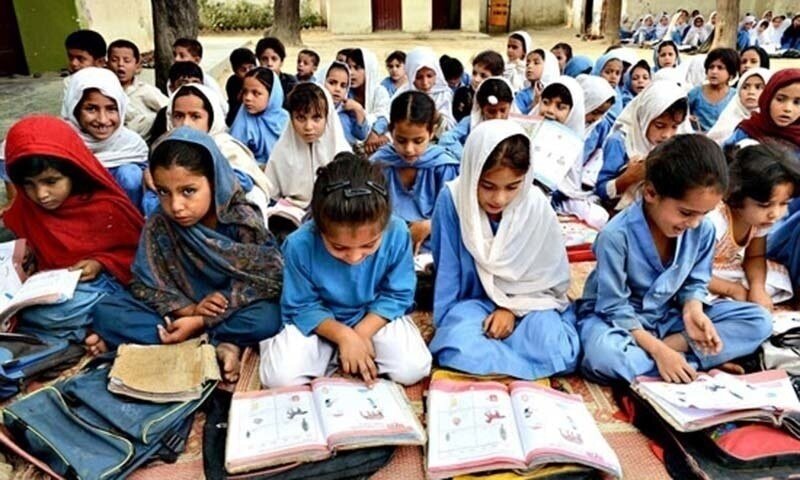By Aazer Durrani | Head of Marketing
Starting with education in Pakistan, the country’s public expenditure on education is just over 2% of GDP, which is less than half the average of 4.7% in other emerging markets. This spend seems low but before the 18th Amendment, when education was devolved as a provincial subject, spend used to average between 1.7-1.8% of GDP. Additionally, if you take private expenditure on education in Pakistan into account, spend would actually be in line with emerging market averages.
According to I-SAPS, parents privately spent PKR 829 billion on education in Pakistan, with half (PKR 398 billion) going to private schools and the rest to the “shadow sector” which includes tuition centers. While the state is constitutionally ‘responsible for eradication of illiteracy and provision of free and compulsory education up to secondary level’, over 40% of students in Pakistan study in private schools. Limited provision of quality education has led to parents spending almost as much as the state itself on education (2% of GDP). Similar to the case of housing, where inadequate provision by the state has led to Pakistanis allocating an outsized amount of their consumption on housing, private education also adds to high consumption levels in Pakistan. If this 2% of GDP is directed towards domestic savings instead, it could help reduce the investment deficit in the country.
Pakistan had an adult literacy rate of 57%, which is lower than Sri Lanka’s 92% and India’s 69%. Another metric tracked earlier by UNDP was the proportion of secondary educated population, where Pakistan also lagged behind other regional peers. While 57% of Pakistanis above 15 years of age can read and write, only 37% of those above 25 years of age have some secondary school (12 or 13 years of education). The new metric used in the Human Development Indicators is mean years of schooling, which indicates how many years on average, a citizen has completed in education. The latest numbers suggest that the average Pakistani has completed 5.2 years of schooling as compared to Bangladesh’s 6.1 years, India’s 6.5 years, Iran’s 10 years, and Sri Lanka’s 11.1 years. Across most metrics, you will notice education in Pakistan lagging behind other countries.
NUR Foundation and Fatima Memorial Hospital have been providing education to the underprivileged communities (without any discrimination of age/gender/caste/religion, etc.) through their chain of formal and informal schools in underdeveloped and neglected areas of Lahore. Every year, approximately 2,000 students pass out from our schools. The current students enrolled in NCOP Schools located in Malikpur/Talwara, Lakhudair, Nainsukh, and Gajjumatta total 1476.
These children need uniforms, books, and other education support materials. Moreover, the schools need heaters, and other accessories through which these children are able to study.
Now that the COVID cases of having dropped and schools are back to normal functioning, We have to support these kids who are coming back. Therefore, we require more support from our donors.
The weather is getting cooler and these children need properly closed spaces to study. We need support for our infrastructure as well.
There is a long way to go and that is only possible when you keep providing us with assistance. Your donations can make a big difference.
Thank you.
By Aazer Durrani | Head of Marketing
By Aazer Durrani | Head of Marketing
Project reports on GlobalGiving are posted directly to globalgiving.org by Project Leaders as they are completed, generally every 3-4 months. To protect the integrity of these documents, GlobalGiving does not alter them; therefore you may find some language or formatting issues.
If you donate to this project or have donated to this project, you can receive an email when this project posts a report. You can also subscribe for reports without donating.
Support this important cause by creating a personalized fundraising page.
Start a Fundraiser